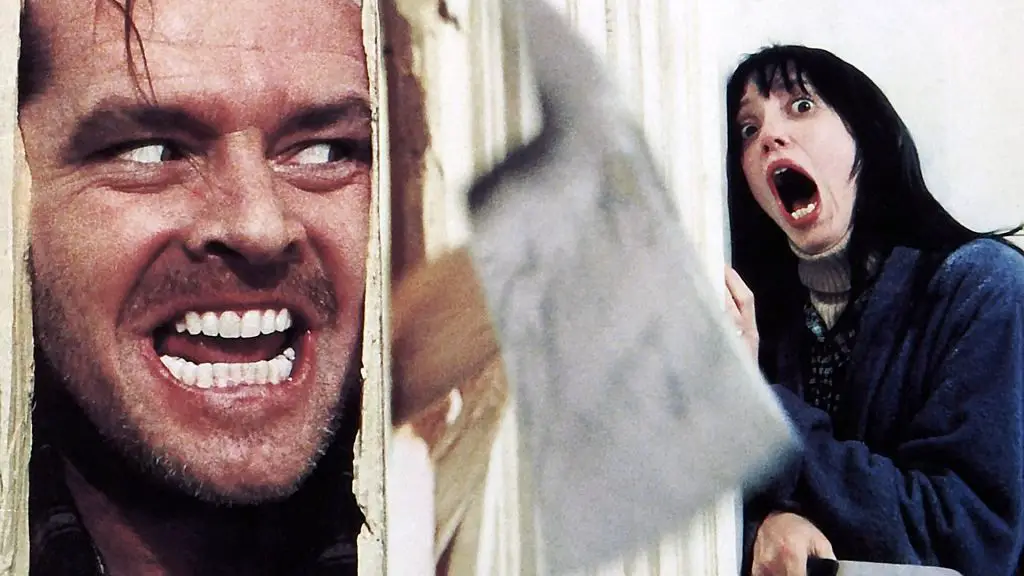 The Shining (1980) is Stanley Kubrick’s gothic horror film about writer Jack Torrance, who takes a job as a seasonal caretaker at a hotel, moving there with his wife and son. It is also a new take on the classic haunted house movies. Distance from unnecessary bloodshed, the film leads to several climaxes for almost two hours, showing a thrilling denouement and just one murder.
The Shining (1980) is Stanley Kubrick’s gothic horror film about writer Jack Torrance, who takes a job as a seasonal caretaker at a hotel, moving there with his wife and son. It is also a new take on the classic haunted house movies. Distance from unnecessary bloodshed, the film leads to several climaxes for almost two hours, showing a thrilling denouement and just one murder.
Theories about the hidden message in The Shining
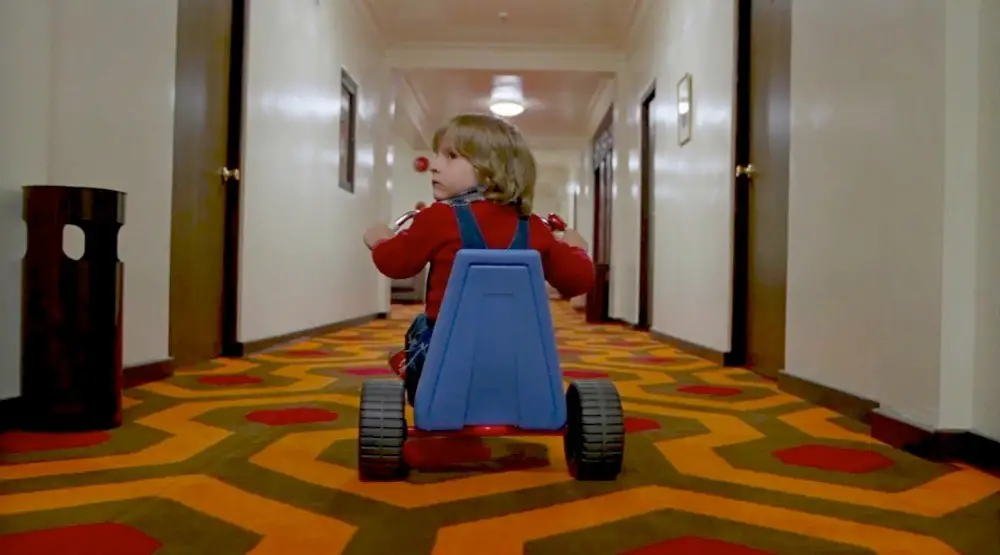
The film’s original film from Stephen King’s bestselling book of the same name (1977) bears little resemblance to Kubrick’s work. A TV miniseries titled The Shining (1997) by King (with Steven Weber and Rebecca De Mornay), due to the writer’s dissatisfaction with The Shining (1980), was a more literal adaptation of the book’s original source, although it did not find much fame.
More recently, a documentary called Room 237 (2012) suggested that Kubrick’s film may have been a hidden message about the Holocaust and / or the Indian genocide. The film also assumed that Kubrick had filmed “fake footage” of the Apollo landing on the moon, but due to the prohibition to report it openly, veiledly told about it in “The Shining”.
And if the theory of the oppression of Native Americans finds confirmation in many of the scenes of the film, which we will discuss below. Either the hypothesis of “fake landing” picked up by propaganda about the impossibility of flying to the moon, in the absence of any concrete evidence, remains a hypothesis, although it is she who is a favorite among fans of the film.
See also: “A Space Odyssey 2001” – meaning, explanation of the ending and plot of the film
All references to the theory of Native American / Indian oppression
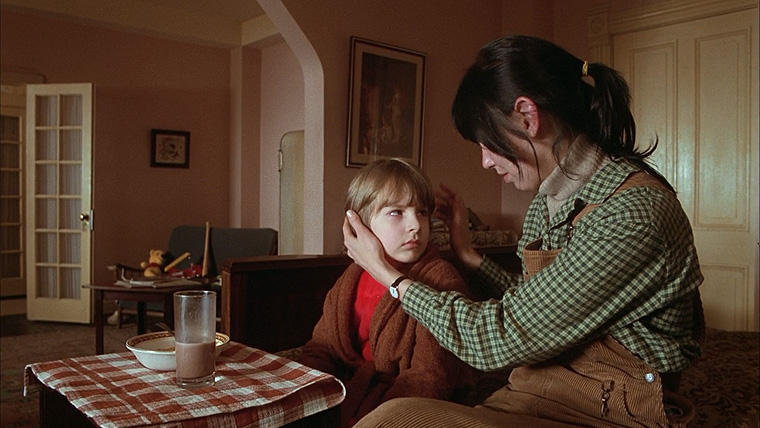
- during a walk with director Ulman, he says that Overlook, literally a hotel with a view, was saturated with violence, death and ethnic revenge at the very beginning of its journey. It was built in an old Indian cemetery, and during the construction the workers had to repel several attacks of the Indians;
- a can of baking powder with the logo of the main Indian brand CALUMET can be seen in the pantry where the food is stored, as another hint of the doomed Indian heritage at this hotel;
- killing time in the living room Jack tosses a tennis ball at the Native American tapestry every now and then as another symbol of the white man’s hostility towards a nearly destroyed culture;
- the murder of black Dick Halloran, whom Jack leaves to lie on an Indian pattern on the lobby floor, as an example of ethnic violence and hostility towards Native Americans.
See also: “Platform” (2019) – explanation of the ending and meaning of the film
The hidden meaning of the film “The Shining”
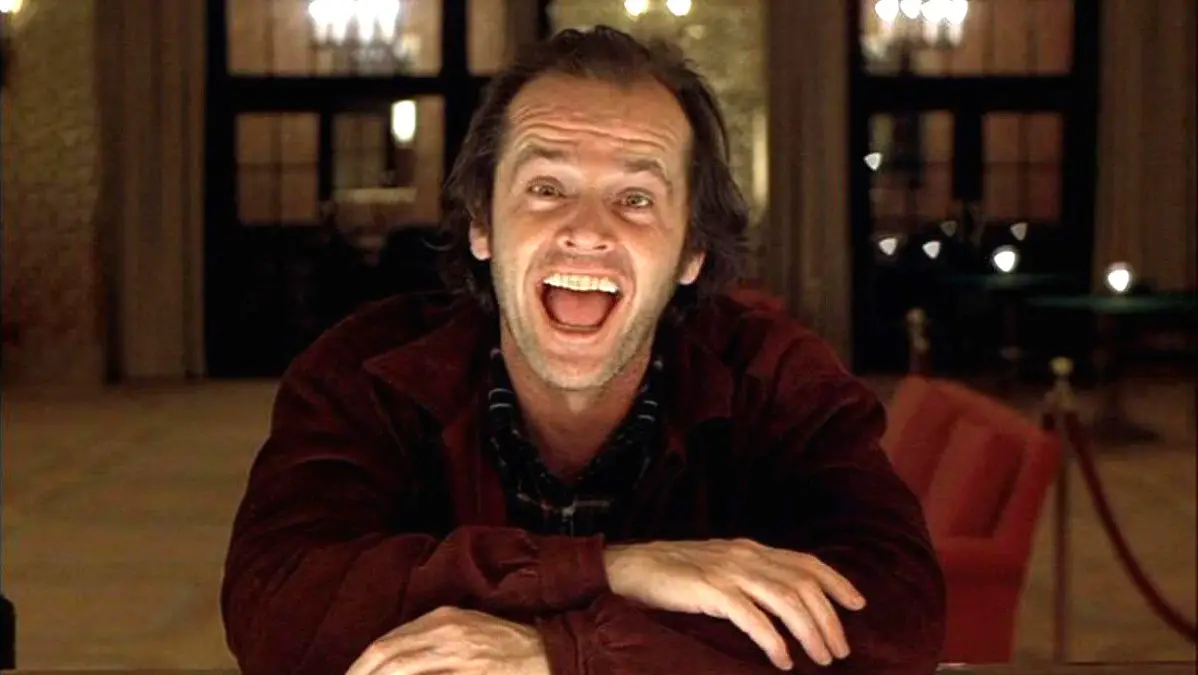
Aspiring writer Jack Torrance finds a part-time job as a seasonal caretaker in an isolated snow-covered resort with his family: wife Wendy and son Danny. The latter possesses paranormal psychic abilities: clairvoyance and telepathy, which in the film are called “radiance”.
After several months of being locked up, Jack begins to gradually go crazy. But why? There are no special prerequisites for this, and even the ghosts of the dead appear not to him, but to his son.
The main ghostly character in the film is the classic haunted house – the huge, isolated Overlook Hotel in Colorado. The very presence in it, according to Director Ulman, caused a man named Charles Grady to kill his wife and two daughters. But the maximum amount of evil comes from room 237, in which, over the years of violence, strong psychic imprints or “traces” have accumulated. It is the hotel that influences Jack’s mental state, scoffs and exploits him in every possible way. He himself provides paper for his mindless robots (note the moment with the typewriter) and lures the man into the distant past (the moment with the bar and the party).
Exhausted and addicted to alcohol, suffering from a failed marriage, Jack conjures up the first “shining” vision – an ability that was passed on to his son: a golden room and a bartender to whom he sells his soul without hesitation. During this and all subsequent scenes with the “shining”, a mirror will certainly appear near Jack. Turning into a madman, he actually talks to himself. This theory is confirmed by the scene in the ill-fated number 237. Embracing a naked woman, he sees them in the mirror, as well as how from sexy and attractive she turns into a wrinkled old woman.
This moment shows us how the hotel and the ghost of the woman who died in room 237 ridicule Jack’s desire to cheat on his wife.
The ultimate madman transformation takes place during a 1920s party in a room filled with mirrors. Once at this party, Jack feels at home (another hint that in a past life he lived or worked in the Overlook). There we can also hear one of the few allusions to the fairy tales about a werewolf (into which he himself gradually turns) and “Three Little Pigs”, pointing to his stubble and how he looks like a wolf.
Explanation of the ending of “The Shining”
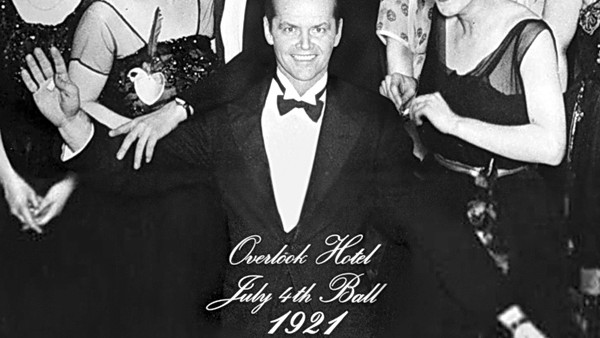
The children’s tale of a piglet’s precarious hideout takes on new meaning when a distraught Jack tries to cut open the wooden bathroom door, each blow of the ax is visually filmed as if he were really hitting his wife, Wendy. Driven to insanity herself, she rushes upstairs in search of Danny, but notices a rather perverse sex scene in one of the rooms – another proof that the whole family owns the phenomenon of “shine”.
After Jack’s death, in the last frame of the film, we see an old framed photograph taken during the heyday of the hotel on July 4, 1921. It depicts Jack, among other ghostly revelers dressed in elegant evening gowns. He looks younger and wears a black tie and jacket. As Kubrick explained, this shot is the key to understanding the plot and meaning of The Shining. Jack Thorens had already dealt with the hotel, and according to Grady’s ghost, he was its caretaker for a long time.
The influence of the hotel on Jack and his gradual madness can be explained by the fact that the “Overlook” wanted to return him in the form of a ghost, which, unlike all those who died in the hotel, will dwell in a labyrinth. Grinning and waving broadly, he is forever imprinted in history, becoming a part and an inseparable attribute of a ghost hotel.
Evil is timeless and engulfs eternity, and the hotel survives to take on its next victims. And as Jack showed us, the potential for violence and murder is present in everyone.
The Shining: Ending Explained – Youtube Review Video Analysis
Alternative ending “The Shining”
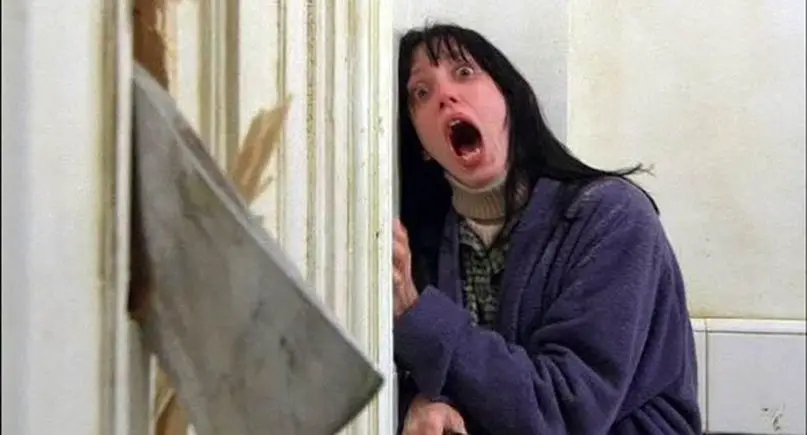
The two-minute explanatory epilogue following the climax in the maze was cut shortly after the film’s theatrical premiere at Kubrick’s direction. It was the hospital price where the hotel manager, Stuart Ullman, tells Wendy that her husband’s body was never found.







